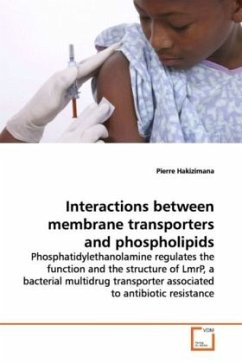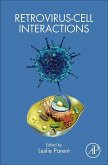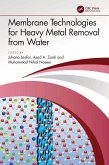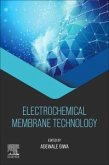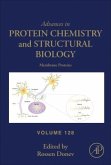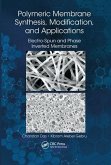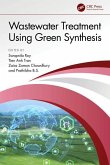Highly solved crystal structures and a wealth of
biochemical data are now available for an increasing
number of membrane proteins. However, the question of
how lipid molecules interact with integral membrane
proteins and regulate their structure and function in
biological membranes remains unsatisfactorily addressed.
This book discusses the functional mechanisms
of membrane proteins in general and the effect of the
surrounding lipidic environment, in the context of
recent developments in the field. Recent experimental
investigations on the proton gradient-driven
multidrug transporter LmrP are also discussed. Using
this membrane protein as a model, we demonstrated
that the protein structure and function was depending
on the phosphatidylethanolamine (PE) headgroup. We
then showed that a negatively charged residue, Asp68,
could participate in the interaction with PE and that
such interaction is required for proper activity and
structure of the protein. Because Asp-68 belongs to a
highly conserved motif of the Major Facilitator
Superfamily (MFS) , this interaction might be a
general feature of these transporters that is
involved in proton gradient sensing and lipid dependence.
biochemical data are now available for an increasing
number of membrane proteins. However, the question of
how lipid molecules interact with integral membrane
proteins and regulate their structure and function in
biological membranes remains unsatisfactorily addressed.
This book discusses the functional mechanisms
of membrane proteins in general and the effect of the
surrounding lipidic environment, in the context of
recent developments in the field. Recent experimental
investigations on the proton gradient-driven
multidrug transporter LmrP are also discussed. Using
this membrane protein as a model, we demonstrated
that the protein structure and function was depending
on the phosphatidylethanolamine (PE) headgroup. We
then showed that a negatively charged residue, Asp68,
could participate in the interaction with PE and that
such interaction is required for proper activity and
structure of the protein. Because Asp-68 belongs to a
highly conserved motif of the Major Facilitator
Superfamily (MFS) , this interaction might be a
general feature of these transporters that is
involved in proton gradient sensing and lipid dependence.
